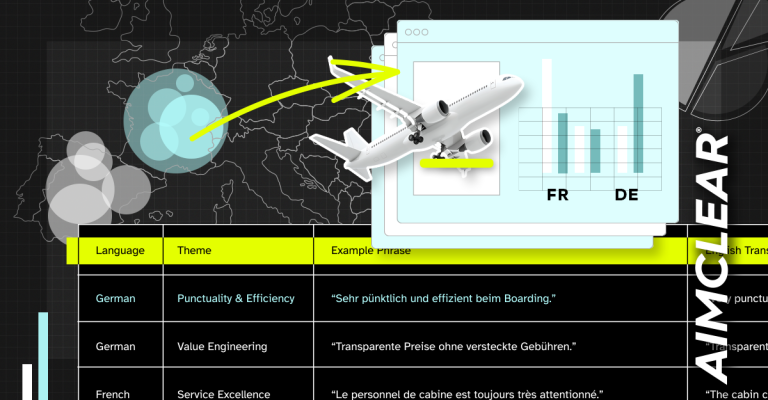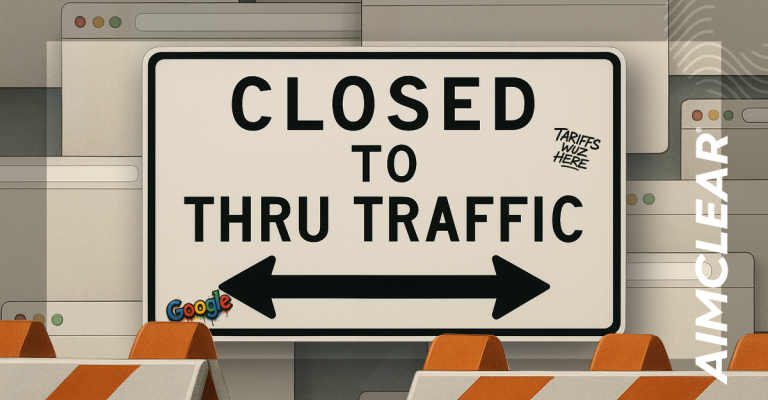
I can tell you from experience that it’s disturbing to expend large chunks of budget practically before you get started. However with a little understanding of PPC basics, some patience, and a commitment to responsible early control of your PPC-spend, the potential for falling in the ramp up money pit can be avoided. There are a number of useful tools for injecting sanity early in the process to meter PPC ramp up. In this post I’ll focus on thoughtful usage of keyword matching, an informed fear of content match, geo-targeting, and limiting the early purchase of direct brand searches. All major paid search platforms including Google, Panama, and MSN have similar tools to support these objectives. I’ll focus on Google for the purpose of this discussion. We’ll save optimized ad and landing page rotation testing for another post.
Once You’ve Spent Your Money Then it’s Gone.
First, it’s not that we have an aversion to spending money to make money. In fact we’re happy to handle millions of dollars of our clients’ media buy budgets. It’s wasting cash we hate so we’ve learned to be patient and unleash a campaign’s potential a little at a time. The idea is actually quite simple: start out slowly (highly targeted) and build up to a broader deployment with measured tactics. We’d much rather refine a campaign before the budget is gone rather than launching with a larger spend and trying to figure out what the hell happened to the money. Then we gradually ramp by relaxing restrictions until we hit the conversion sweet spot. Being conservative in the first days of a new campaign has worked for our clients time and time again.
Keyword Matching Options
There are 4 different keyword matching options to target keywords in Google Adwords. By making keyword matching choices you determine if a keyword will generate more or less ad impressions which may be more or less focused.
Broad Match: Broad match is the default when you first set up a Google ad group. This should come as no surprise because this matching option makes Google the most money. Broad match, along with it’s automatically enabled sister Expanded match, literally manufactures keyword permutations that are not on your list. Some of them can be disturbingly general and useless.
According to Google “Your ads will also automatically show for expanded matches including plurals and relevant variations. With expanded matching the Google AdWords system “Automatically runs your ads on highly relevant keywords, including synonyms, related phrases, and plurals, even if they aren’t in your keyword lists.” Some serious SEO types contend that Expanded Broad Match is Hurting AdWords Advertisers. For instance the expanded match algorithm thinks that “cookware” and “bakeware” are synonyms . Cookware and bakeware clearly are not the same product and treating them as such might generate useless clicks. The keyword Duluth Hotel could return a newspaper article Hotel fire in Duluth or even Duluth cabin rental which might not help your campaign. It all depends what Google believes is relevant to your keyword.
Phrase Match: Entering your keyword in quotes is a little more restrictive and less likely to result in unrelated ad impressions. For instance your ad for Duluth Hotel will appear when a user searches for the words in the correct order and possibly include other words. The ad will show for the query Nice Duluth Hotel but not for Hotel Reviews Duluth. Phrase matching results in more targeted impressions than broad matching but is slightly more flexible than exact matching.
Exact Match: Surrounding you keywords in brackets [Duluth Hotel] means your ads will only be displayed when users search on the specific phrase Duluth Hotel in this exact order and without any other words in the search phrase. The ad will not be displayed for the query Famous Duluth Hotel. Exact matching is the most targeted method. Though you won’t receive as as many impressions with exact matching, any clicks you receive will be highly targeted.
Negative Keyword: Using the example keyword Dolphins, adding the negative keywords cheerleader, football, poster, and Miami will help keep ad impressions relevant by eliminating NFL fan searches. Your ad will not show when a user searches for Miami Dolphins, Dolphins Cheerleaders, etc…. Negative keywords can be applied for a keyword on both the ad group and campaign levels.
Ramp up Money Saver #1: Start your campaign by using phrase match or exact match not broad match. Brainstorm and use negative keywords. If, as the campaign progresses, you are not able to generate enough clicks with the more restrictive match type, then open the campaign up to broad match.
Informed Fear of Content Match
The Google Content network displays your ad on sites with relevant content relating to your ad. Advertising served up based on the contextual relevance of a Google affiliate’s display site is one way to reach your target demographic. Usually content match is at least somewhat less targeted than other methods. (That’s the polite way to say it.) In your campaigns you can choose whatever sites you want from Google’s affiliate network. Another option (the scary one) is to use Google’s “Powerful targeting technology” to choose sites, which Google deems relevant to your campaign, automatically.
We’ve had some good results with Google’s Content Network but we use it very carefully. The reality of content match is that you can blow through large amounts of money very quickly for traffic which may well be irrelevant or spam clicks.
Ramp up Money Saver #2: We never start with content match turned on. If we discover we can not generate enough highly focused traffic with phrase matched keywords then (and only then) do we enable ad displays on the Content Network. Usually we test the results compared to leaving content match off and expanding the keyword match from phrase to broad (with negative keywords).
Geo-Targeting
Geo-targeting means restricting the locations where ads display to either a Country, State, City, etc…The major search engines use a good but imperfect technology called IP mapping. Geo-targeting is not to be mistaken with Geo-tagging.
Using geo-targeting to ramp up a campaign is a no-brainer. Choose a region and start the campaign geo-restricted as a test. Often we begin campaigns in Minnesota, North Dakota, South Dakota, Wisconsin, Iowa, and Michigan. If it does not perform the way we expect then we test other areas and eventually, provided the product is national in scope, ramp the campaign up nationally or internationally.
If you product is geo-restricted by design anyway, limiting geo-targeting early is still useful. For instance if your product targeted only to all of Minnesota than start by geo-targeting to only Minneapolis and Saint Paul for the paid search marketing ramp up. It’s hard to have a wasteful disaster in a small test area.
Ramp up Money Saver #3: Test in a smaller geographic area using geo-targeting. Open up the campaign a little at time to raise the traffic and cost gradually.
Direct Brand Searches
According to Alan Rimm-Kaufman companies with bigger brands and budgets often purchase direct brand searches and it often pays. For many search advertisers, paid search ads on the retailer’s brand name (“Brandname”, Brand Name”, BrandName.com”) generate 20% to 50% of their search-driven tracked sales
However it is critical to understand if your site is already indexed organically for permutations of direct brand searches. As part of this analysis it’s important to also assess if the headline and wording on the organic SERP actually does the brand justice. Even with high organic rankings for direct brand searches it sometimes makes sense to buy the keyword too. This should be an intentional choice after assessing organic prominence. Personal search is not fully dialed in yet. Therefore organic rankings still count for something on average. While this will certainly change it hasn’t yet, especially on second tier paid search platforms.
We’ve seen examples where a multi-billion dollar big-brand client tested PPC for direct brand searches only to cannibalize traffic they received previously from the organic listing. They spent a noticeable chunk of change to drive traffic they would have received anyway. There was little overall increase in traffic.
Ramp up Money Saver #4: Make an intentional assessment and decision regarding your ability to afford direct brand PPC in a campaign’s early stages. Be aware the hidden cost is potentially cannibalizing organic traffic you would have received anyway. Make sure you can afford the luxury of buying traffic you might receive anyway. Consider starting the campaign buying direct brand PPC only for words areas where your organic prominence is weak. Be aware that in the future personalized search will make it necessary to purchase direct brand search PPC.
In conclusion pay per click search marketing requires patience and an understanding of the basics. It is always safer to start your campaign slowly with a very tight focus. Begin by restricting the keyword match, turn Content Network off, geo-target for testing, and make intentional decisions regarding your willingness to buy direct brand searches where you already have organic prominence. Starting slowly buys you the time to maximize your PPC budget by gaining experience in the space without blowing your budget.








